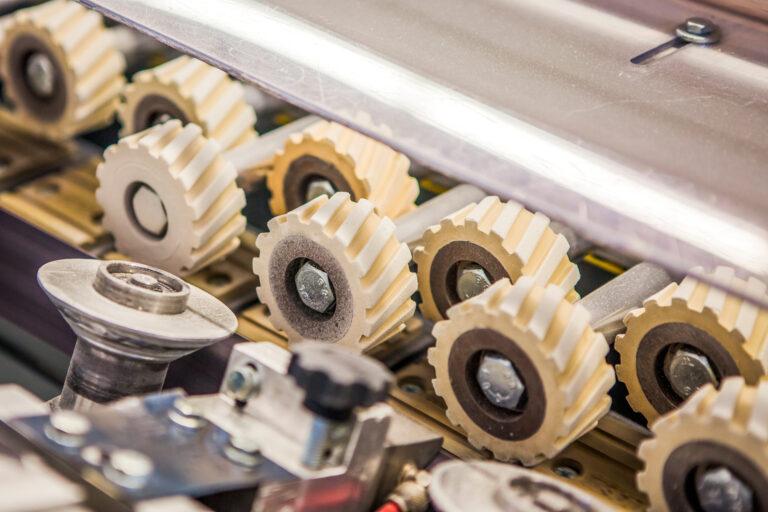Solving the Manufacturing Talent Shortage One Misconception at a Time
[vc_row][vc_column][vc_column_text]
Coming Together to Find Talent & Teach Skills
Talent shortage. Skills gap. While these two phrases may be just buzzwords to some, they combine to pose a very significant threat to the future of the manufacturing industry. Consider the statistics: in just three short years, there will be roughly 3.5 million unfilled manufacturing jobs. And experts suggest as many as two million of them will remain that way, given today’s workers simply don’t have the skills necessary to do the work.
A number of common perceptions, some true and some not, are responsible for this potentially risky reality. Here’s a look at some of the those and what’s driving them.
The manufacturing industry is outdated: FALSE. Today’s younger generations falsely assume the industry is the same as it was 30 years ago and look elsewhere for work. The dirty, loud machinery and maze of conveyor belts are a thing of the past. Manufacturers are starting to realize that they must do more to change this perception and present a clearer view into their practices and processes. And, adoption of new advancements in technology will naturally help shift the negative, outdated perception of the industry into one that is cutting edge and full of opportunity.
Baby Boomers are retiring in droves: TRUE. This is a big problem for the industrial world, especially taking into consideration that young workers aren’t jumping on board. When they retire, Boomers take with them their distinct expertise. With fewer new entrants into the industrial workforce, there’s a missed opportunity to transfer that knowledge to the next generation.
Workers aren’t learning the right skills: TRUE. There’s a lack of education and training for these roles, as vocational programs and schools struggle to understand today’s advanced manufacturing practices. That said, there has been improvement here. There are already many initiatives underway to help combat the education and training challenges we see today. Many manufacturers are partnering with schools and programs to help re-write curriculum. They’re also donating modern equipment to ensure young workers are effectively trained and experienced on particular machinery.
AI will take away jobs: FALSE. The misconception is that many light industrial roles will eventually disappear as Artificial Intelligence takes over. While this may be true of certain administrative tasks, there will always be a need for skilled workers to oversee them, and in many cases new jobs are even created as a result. The introduction of ATMs is a good example of this—instead of taking away bank teller jobs, it actually created many more.
We’re committed to doing our part to solve the talent shortage by closely partnering with our clients to get the right people in the door. The people who make up an organization are its most valuable asset—and nowhere is that more true right now than in our industry.[/vc_column_text][/vc_column][/vc_row]







